Prepare your patent application today
Prepare your patent application today

Skilled Technical expertise

Quick turnaround time

Competitive billing rates
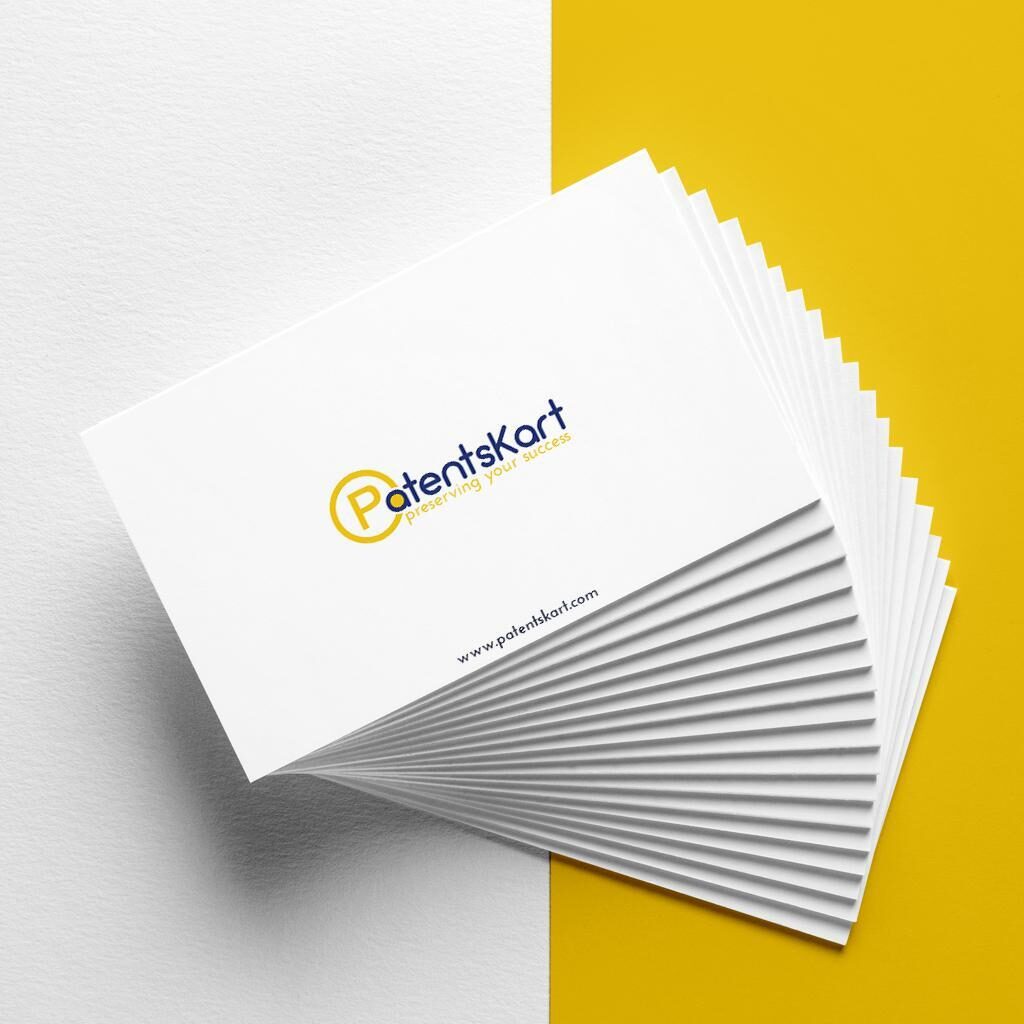
At PatentsKart, we help startups, universities, and individual inventors strategically develop and manage their patent portfolios. Our team oversees all patent prosecution activities, including patent drafting, domestic and international filings, office action responses, and deadline tracking. Using our proprietary docketing software, clients stay updated on the status of applications, next steps, and overall progress, ensuring seamless patent prosecution and effective IP strategy execution.
PatentsKart offers comprehensive patent prosecution support, covering the entire lifecycle of a patent. From novelty and patentability searches to patent drafting and illustrations, PCT and domestic filings, and office action responses, we guide your invention through to patent grant. Our services, including patent prosecution at the Indian Patent Office, ensure streamlined processes, reduced risks, and optimized IP portfolio management.
A patent is a legal right that protects an inventor’s creation, granting exclusive control over its use and commercialization. Patents are obtained through proper government filings and include detailed specifications, drawings, or supporting materials to demonstrate novelty. Securing a patent ensures clear IP ownership, prevents infringement by others, and strengthens your patent portfolio, enabling effective patent prosecution and IP strategy.
Being well-versed in patent law is essential for a successful patent filing. Understanding the rules and requirements ensures your invention meets novelty and patentability standards, protects your intellectual property rights, and prevents others from claiming priority. This knowledge is critical for effective patent prosecution and maintaining a strong, enforceable patent portfolio.
A common misconception is confusing patents with other forms of intellectual property (IP), such as trademarks or copyrights. While all fall under IP protection, patents specifically cover inventions and novel technologies. Understanding these distinctions is crucial for effective patent prosecution, proper IP strategy, and ensuring your patent portfolio is protected under the law.
Leverage our diverse industry experience
Its distinct differences from patent litigation and defense.
Such as utility models, trademarks, or copyrights.
Legal differences in a diversity of global jurisdictions.
Precisely which forms of IP you can protect with patents, as against other legal certifications.

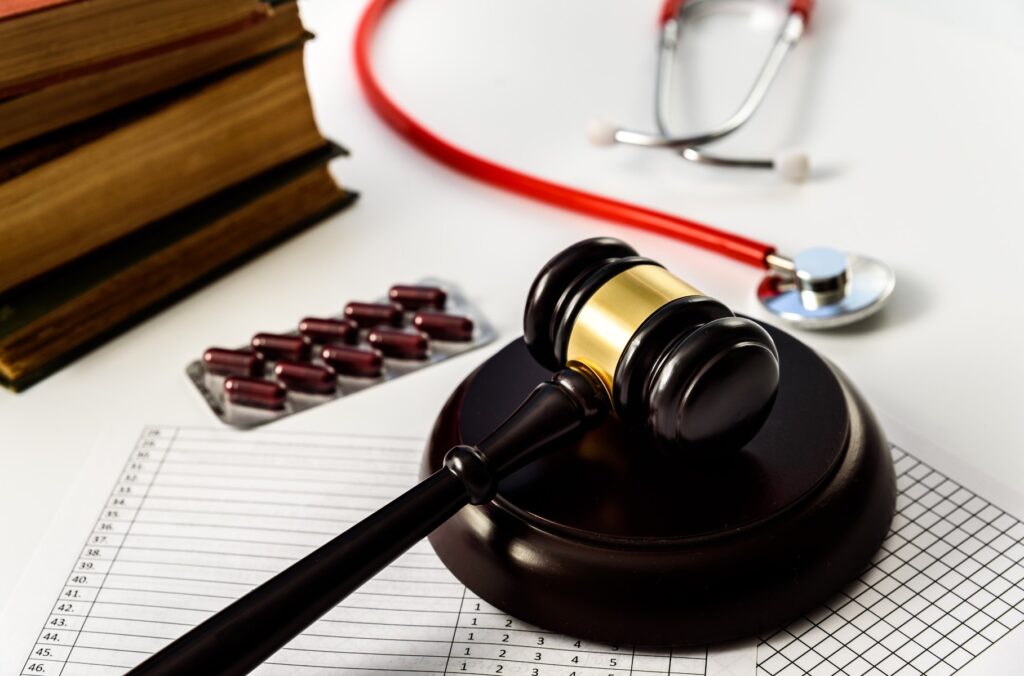
Despite its name, patent prosecution is not a legal action. Patent prosecution support services focus on obtaining and managing patent rights, not enforcing them against a defendant. Litigation occurs only after a patent is granted and infringement is identified. Understanding this distinction helps clarify the role of patent prosecution in your overall IP strategy and ensures proper management of your patent portfolio.
Patent lawsuits arise when patent holders accuse alleged infringers of violating their intellectual property rights. These disputes involve defendants who are believed to have used patented inventions without authorization. Such enforcement actions are separate from patent prosecution and are governed by international patent treaties and local IP laws, ensuring proper protection and legal recourse for patent holders.
Patent prosecution involves the process of applying for and obtaining patents. This can be achieved by filing a patent application with the relevant patent office or coordinating directly with the inventor’s existing business partners. Effective prosecution ensures your IP rights are secured, strengthens your patent portfolio, and supports a robust IP strategy.
In certain countries, including Luxembourg, Belgium, and The Netherlands, patent authorities conduct a formal examination before granting patents. This process primarily verifies that the patent application includes all required details, supporting documents, and completed fee payments. Understanding these formalities ensures smooth patent prosecution and compliance with local IP regulations.
Countries such as France, Germany, and the United Kingdom emphasize a substantive examination during patent prosecution, rigorously assessing patent eligibility and the presence of an inventive step. Once your invention is successfully patented in one or more countries, you can advance your patent prosecution internationally by filing through the World Intellectual Property Organization (WIPO), ensuring broader IP protection and strategic global patent coverage.
Filing a patent through the Patent Cooperation Treaty (PCT) provides protection across its 150+ member countries, enabling broad international patent coverage. This approach allows your invention to achieve global scalability, granting enforceable rights on an extensive scale and strengthening your IP portfolio for worldwide commercialization opportunities.
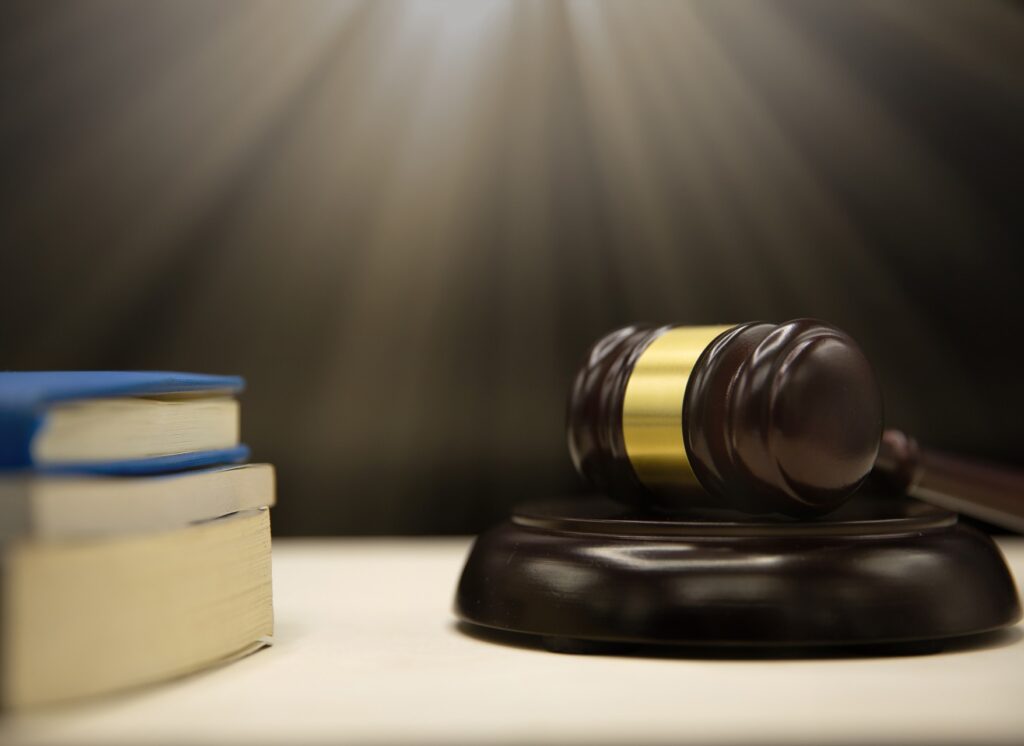
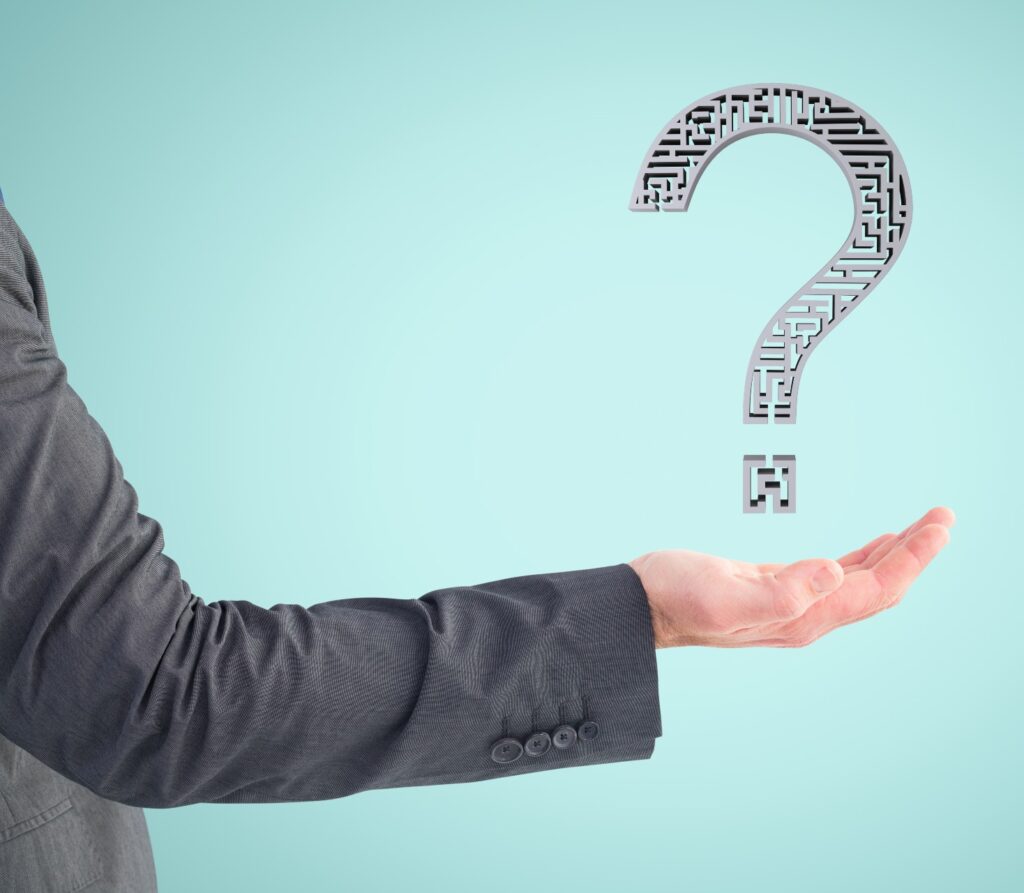
According to WIPO, a patentable invention can be a product or technique that provides a new method or a technical solution to a problem, aligning with most countries’ IP laws. This includes chemical substances, processes, or procedures, not just physical devices. Modern machines often integrate multiple patented inventions, each protected individually, highlighting the importance of comprehensive patent protection and strategic IP portfolio management.
To secure a patent, your invention must clearly meet all patentability criteria. This includes novelty, non-obviousness (inventive step), and industrial applicability, ensuring the idea is both unique and practical. Proper evaluation of these factors is critical for successful patent prosecution and building a strong, enforceable IP portfolio.
Inventors and investors often face challenges in safeguarding their creations. Before pursuing patent protection, it’s crucial to understand the different patent types and determine which best suits your invention. Engaging patent prosecution support and consulting an IP attorney ensures informed decisions, as patents can take years—or even decades—from filing to grant. Strategic planning at this stage strengthens your IP rights and protects your invention’s value.
A patent attorney is an essential partner for inventors seeking patent protection and legal remedies through patent prosecution support. They assist in developing a robust IP strategy, drafting patent applications for filing with the USPTO, and representing clients throughout the patent prosecution process, ensuring compliance, enforceability, and strategic management of your patent portfolio.
Patent attorneys play a key role in protecting inventions by deterring potential infringement. They work closely with companies seeking full patent rights or partial IP coverage, advising on best practices to enforce patent protection and safeguard valuable intellectual property. Their expertise ensures your IP strategy minimizes risk and maximizes the commercial value of your patents.
A patent attorney represents clients before various national, regional, and international IP regulatory bodies, including the USPTO, European Patent Office (EPO), IP Australia, and UK Intellectual Property Office (UK IPO). Effective representation ensures compliance with local and international patent laws, smooth patent prosecution, and strategic management of your IP portfolio across multiple jurisdictions.
Patent attorneys advise clients on additional IP protections that may complement a patent, such as utility models, trademarks, or industrial designs, as permitted under laws in countries like Austria and Germany. This guidance ensures a holistic IP strategy, strengthens patent portfolio management, and maximizes protection for your innovations.
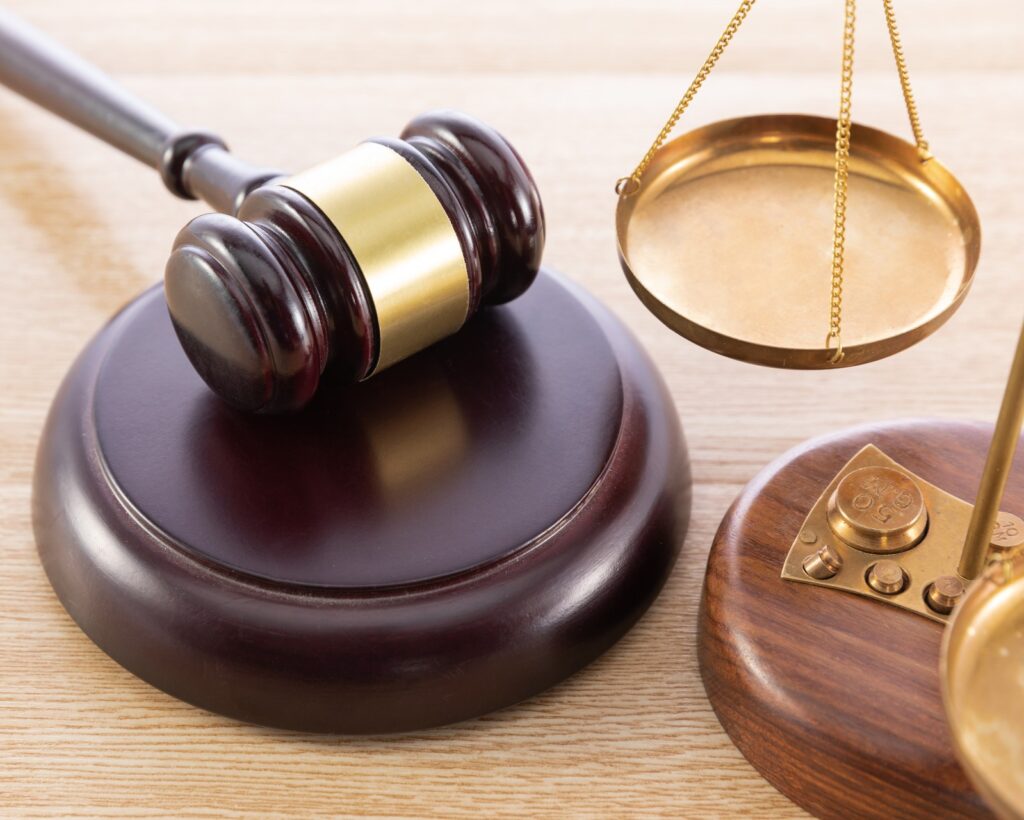
At PatentsKart, our strategic team of experienced patent drafters, including Indian patent agents and lawyers, follows best practices to craft high-quality patent applications. We specialize across domains such as biomedical devices, pharmaceutical formulations, robotics, automation, IoT sensors, and electronics, ensuring precise patent drafting, robust patent prosecution support, and strengthened IP portfolio management.
At PatentsKart, we prepare precise patent illustrations for both utility patents and design patents. For design patents, our drawings capture all structural aspects and multiple views of the product or invention. Our illustrators create patent drawings in compliance with Indian, USPTO, and European patent office standards, supporting accurate patent prosecution and strengthening your IP portfolio.
PatentsKart assists with filing international patent applications through the PCT (WIPO) ePCT route, offering a paperless and hassle-free electronic filing process. The PCT system allows protection in multiple countries without paying separate national fees in different currencies. It also provides an extended period of 30–31 months to enter national phases, giving applicants time to secure funding, identify licensees, and strategically expand their global IP portfolio.
After a patent application is published, the patent examiner reviews it to identify any prior art that may affect its novelty. Examiners may issue a non-final office action, citing prior art or document irregularities. Applicants can respond by amending claims or descriptions to overcome objections, ensuring a smooth patent prosecution process and strengthening the enforceability of their patent portfolio.
Patent prosecution refers to the process at the patent office from the day you file a patent application to the date it is issued or abandoned.
Prosecution takes place in criminal court. It involves someone who has been accused of committing a crime. If found guilty, he may be fined, do community service, go to prison, or even be executed in extreme cases.
A lawsuit is found in civil court. There is no crime here. Someone says that another party has injured him in some way and is seeking justice. He is expecting either that the other person performs some duty or pay compensation for the injury done. There is no question of jail time or execution. A lawsuit is what is filed with the court.
Any court case is litigation, though it’s more commonly used to describe civil lawsuits.
The general definition of prosecution is “the continuation of a course of action with a view to its completion.” That’s not strictly related to legal issues. But when it is, it refers to the side in a court case that’s the primary actor. In a civil case, it’s the plaintiff. In a criminal case, it’s the government.
Patent prosecution is the method of drafting, filing, and negotiating with the U.S. Patent and Trademark Office to get patent protection and rights for an innovation. It is distinct from patent litigation, which involves legal proceedings to manage patent violation after obtaining a patent. Instead, patent prosecution is a collective, interactive process where the applicant and the applicant 2019s agents work with the USPTO examiners to handle various problems regarding an invention 2019s patentability.
The patent prosecution usually begins with a patent search that permits an inventor to decide whether it is worth the cost of moving ahead. The method of obtaining a utility patent is complicated, and inventors should maintain a patent attorney to formulate this type of patent. Patent attorneys, different from patent litigators, must be authorized to practice law and certified to rehearse before the USPTO.
The patent lawyer will draft the application after examining a patent search and questioning the inventor to compute the nature of the invention. Then, they will decide whether the creation is both unique and non-obvious, based on a comparison with the prior art. After drafting the patent application, the application will be filed as soon as possible.
For years, the United States followed the first-to-invent rule, suggesting that if somebody swiped your invention and acquired a patent for it, you could start what was called an interference proceeding to get the patent. However, under the America Invents Act, the United States evolved into a first-to-file country, which other countries follow. The first inventor is entitled to obtain the patent with some minor anomalies.
Patent prosecution includes various steps:
Discuss your claims that your innovation or invention is qualified for patent protection
When working with a lawyer for patent prosecution, you must find one who has a license to rehearse law in your state as well as an authorized charge to practice law in front of the patent office.
United States-13521, 58th St. SE Snohomish, WA – 98290, USA
INDIA - PatentsKart B1, Netsmartz House, IT Park, Chandigarh - 160101
Copyright © 2024 Patentskart. All rights reserved